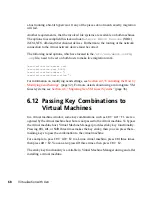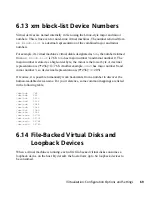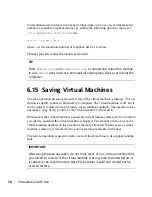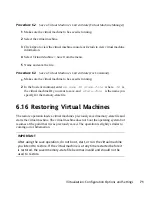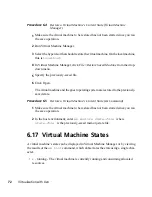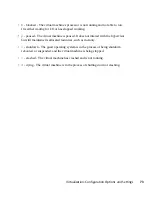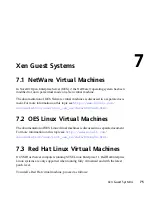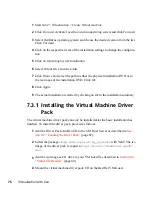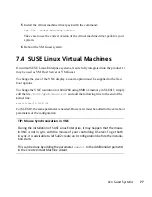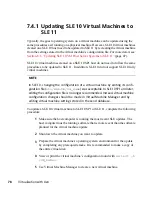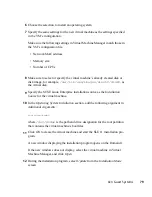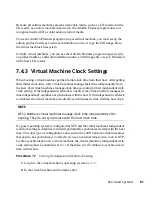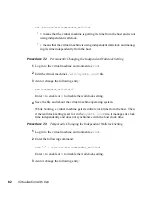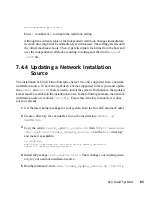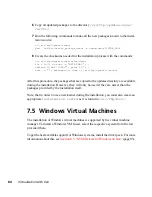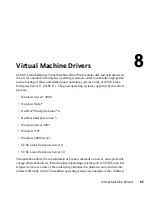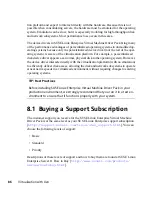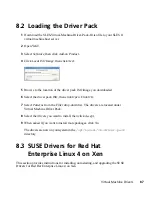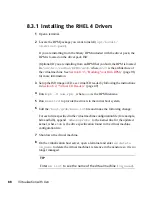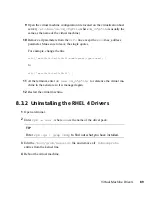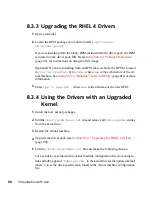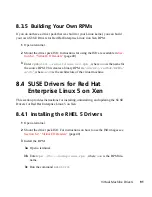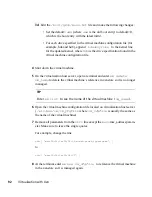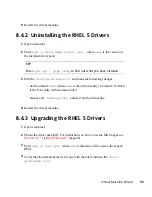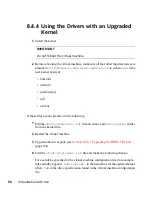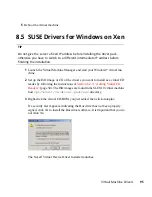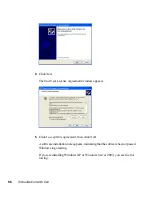
Because paravirtual machines present removable media, such as a CD inserted in the
CD reader, as a non-removable disk device, the Add-On Product program does not
recognize inserted CD as valid add-on product media.
To use the Add-On Products program on a paravirtual machine, you must set up the
add-on product media as a network installation source or copy the ISO image file to
the virtual machine’s filesystem.
On fully virtual machines, you can use the Add-On Products program to specify add-
on product media as a network installation source, an ISO image file, or as a CD inserted
in the host’s CD reader.
7.4.3 Virtual Machine Clock Settings
When booting, virtual machines get their initial clock time from their host. After getting
their initial clock time, fully virtual machines manage their time independently from
the host. Paravirtual machines manage clock time according to their independent wall-
clock setting. If the independent wallclock is enabled, the virtual machine manages its
time independently and does not synchronize with the host. If the independent wallclock
is disabled, the virtual machine periodically synchronizes its time with the host clock.
NOTE
OES 2 NetWare virtual machines manage clock time independently after
booting. They do not synchronize with the host clock time.
If a guest operating system is configured for NTP and the virtual machine's independent
wallclock setting is disabled, it will still periodically synchronize its time with the host
time. This dual type of configuration can result in time drift between virtual machines
that need to be synchronized. To effectively use an external time source, such as NTP,
for time synchronization on a virtual machine, the virtual machine's independent wall-
clock setting must be enabled (set to
1
). Otherwise, it will continue to synchronize its
time with its host.
Procedure 7.1
Viewing the Independent Wallclock Setting
1
Log in to the virtual machine’s operating system as
root
.
2
In the virtual machine environment, enter
Xen Guest Systems
81


